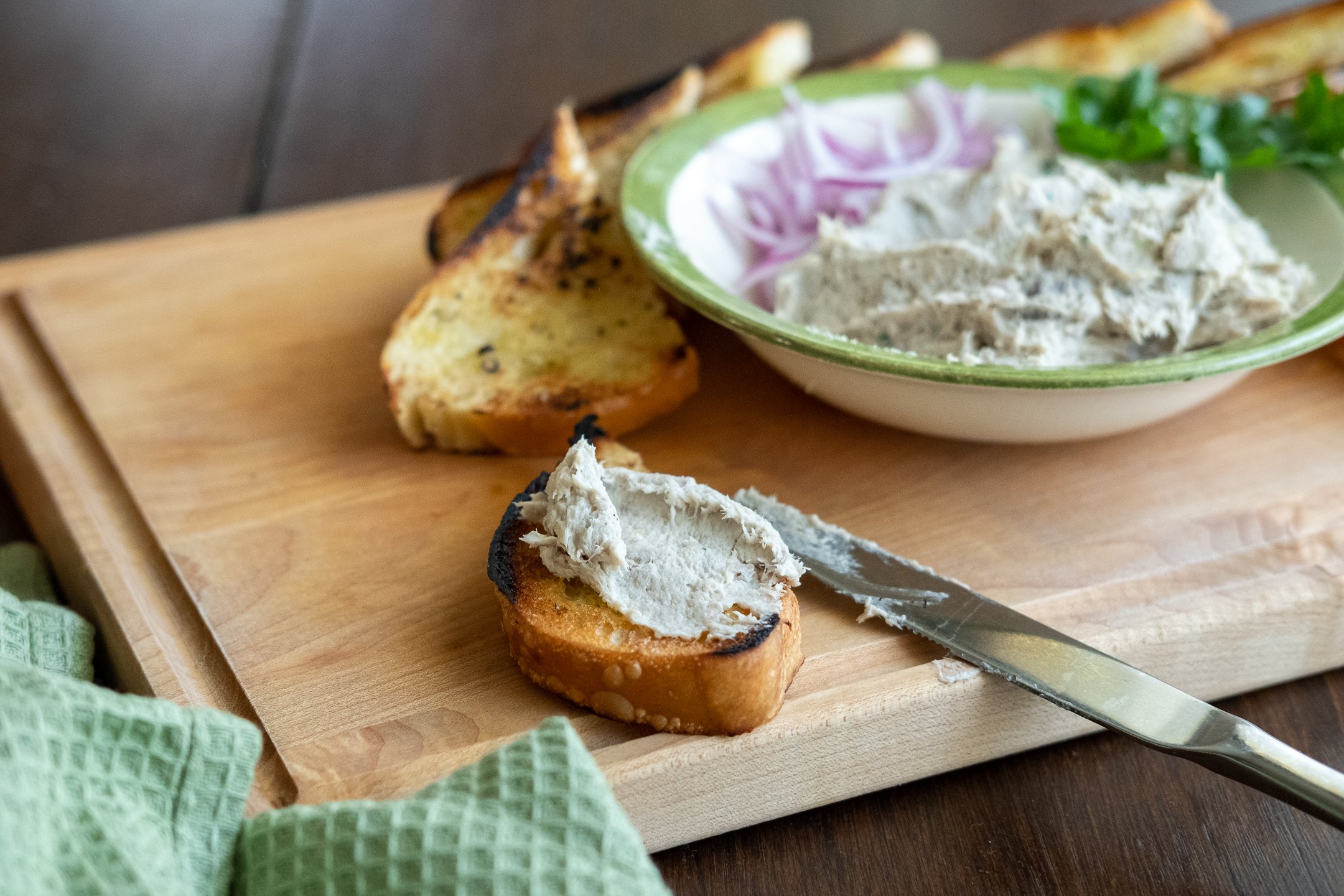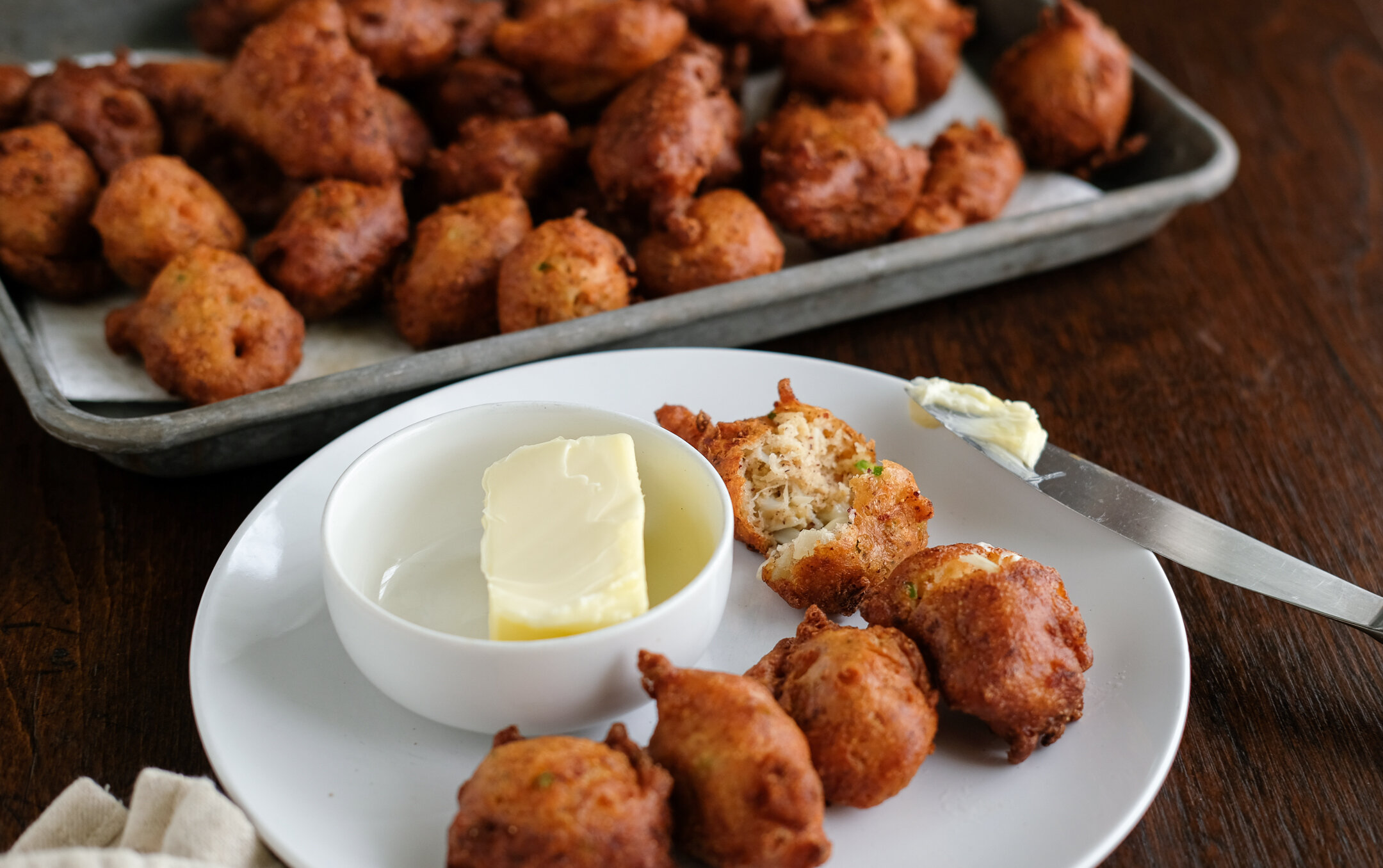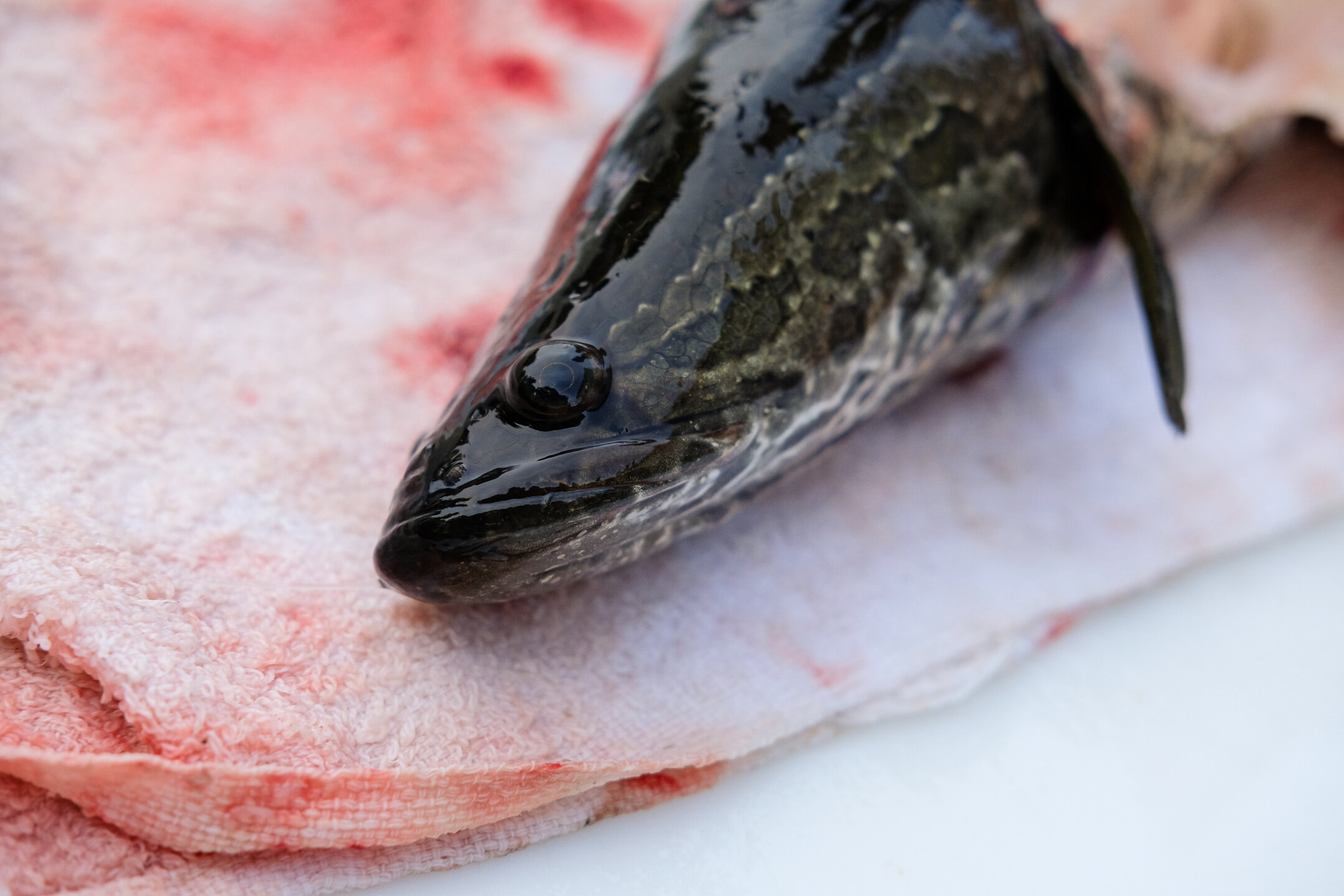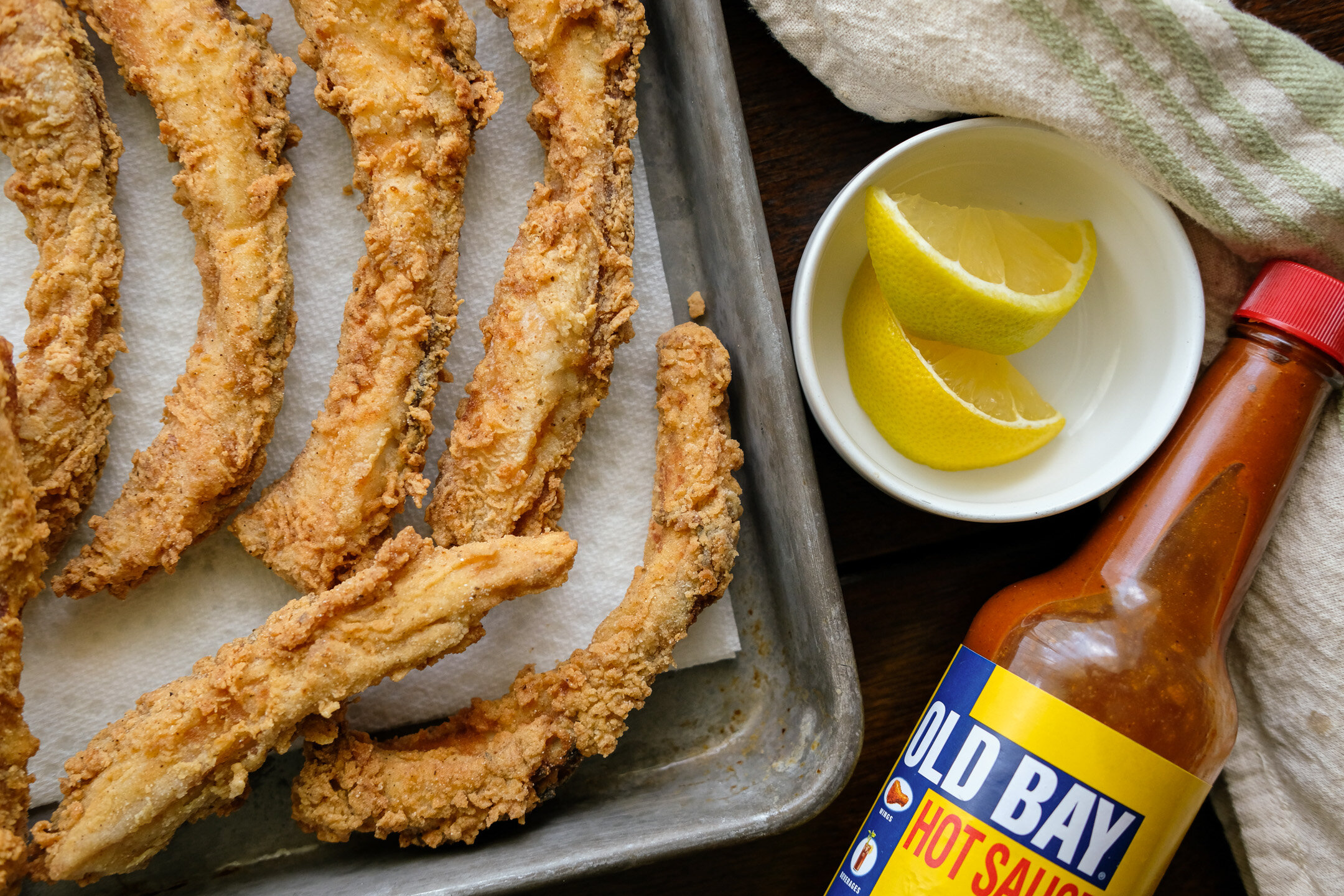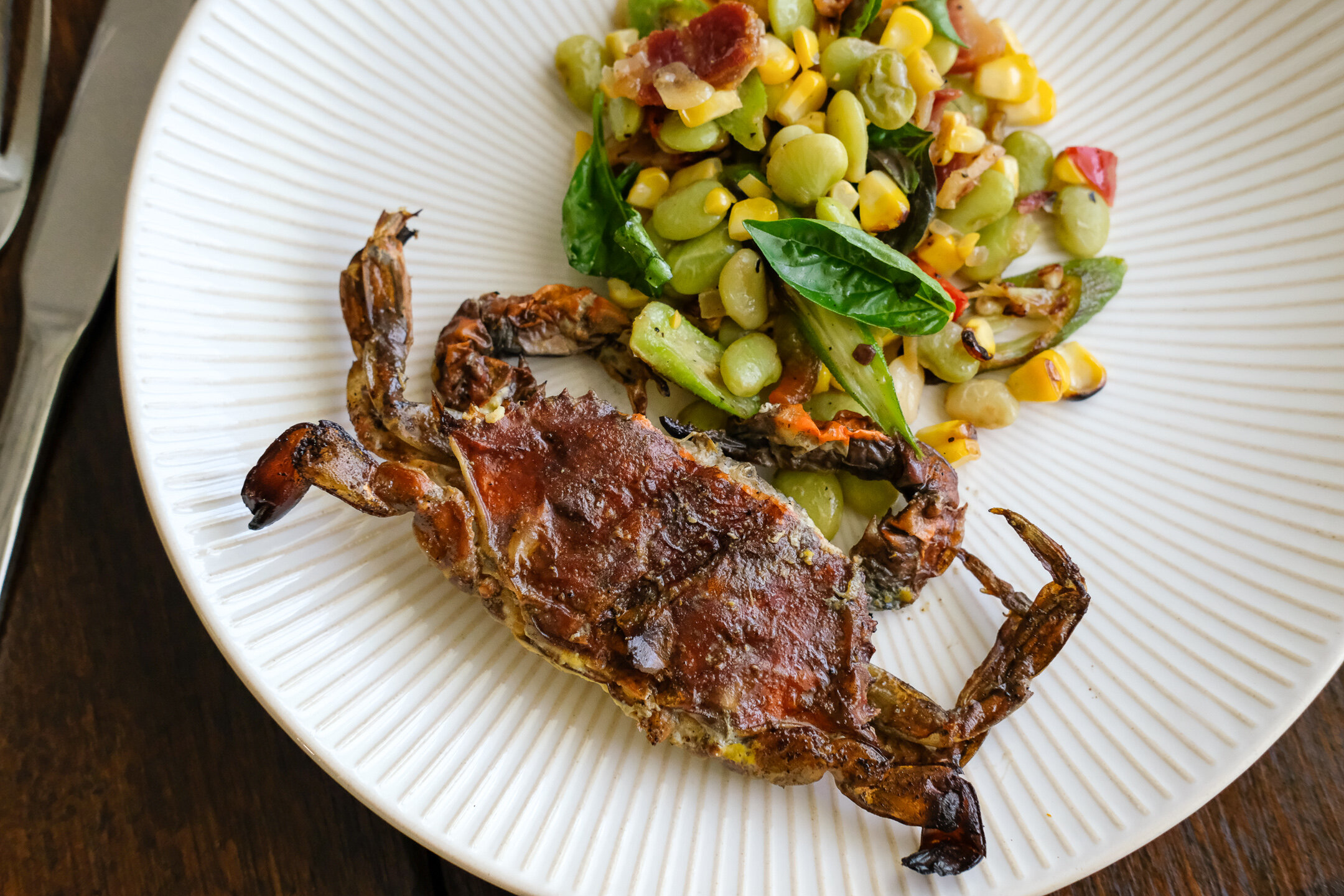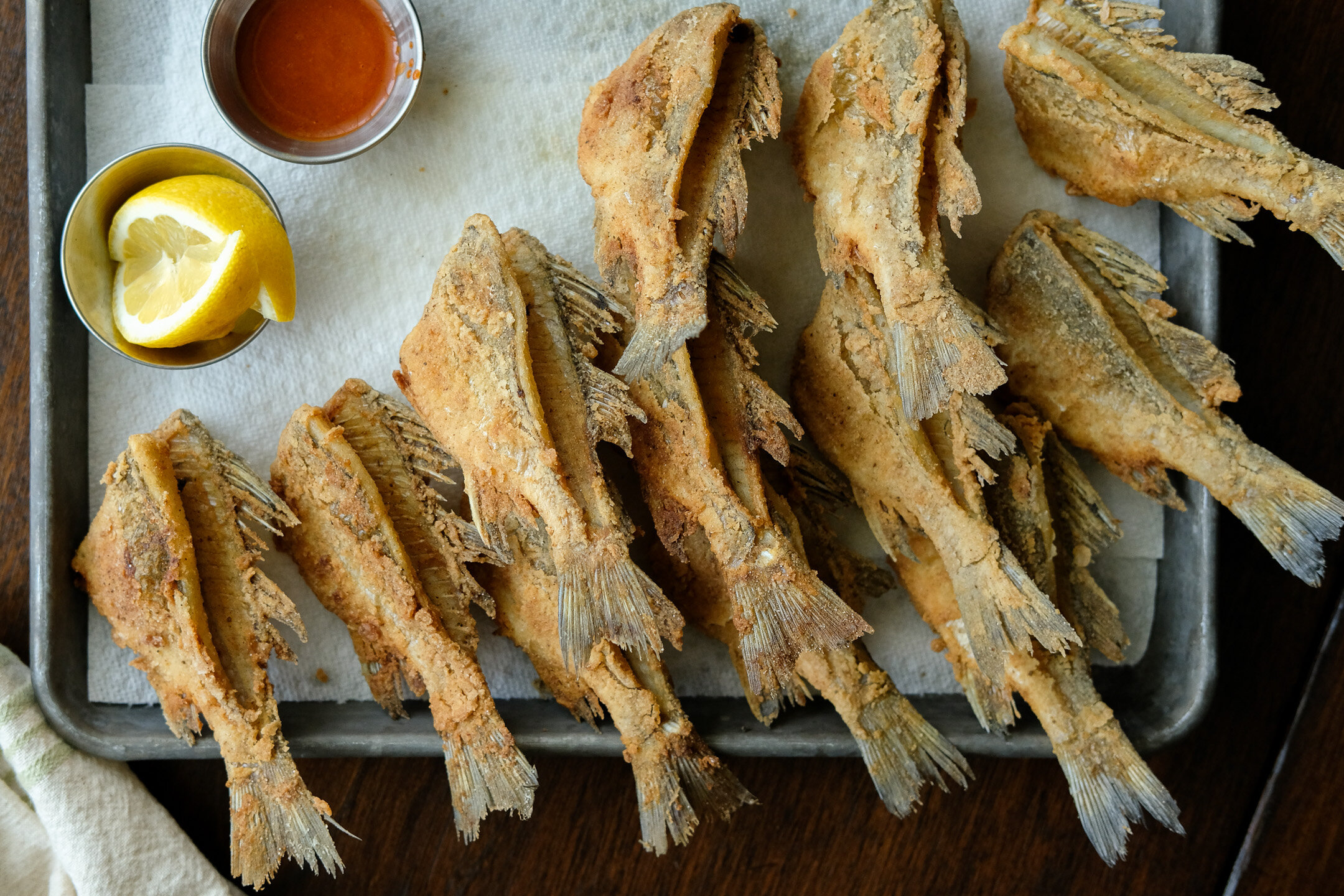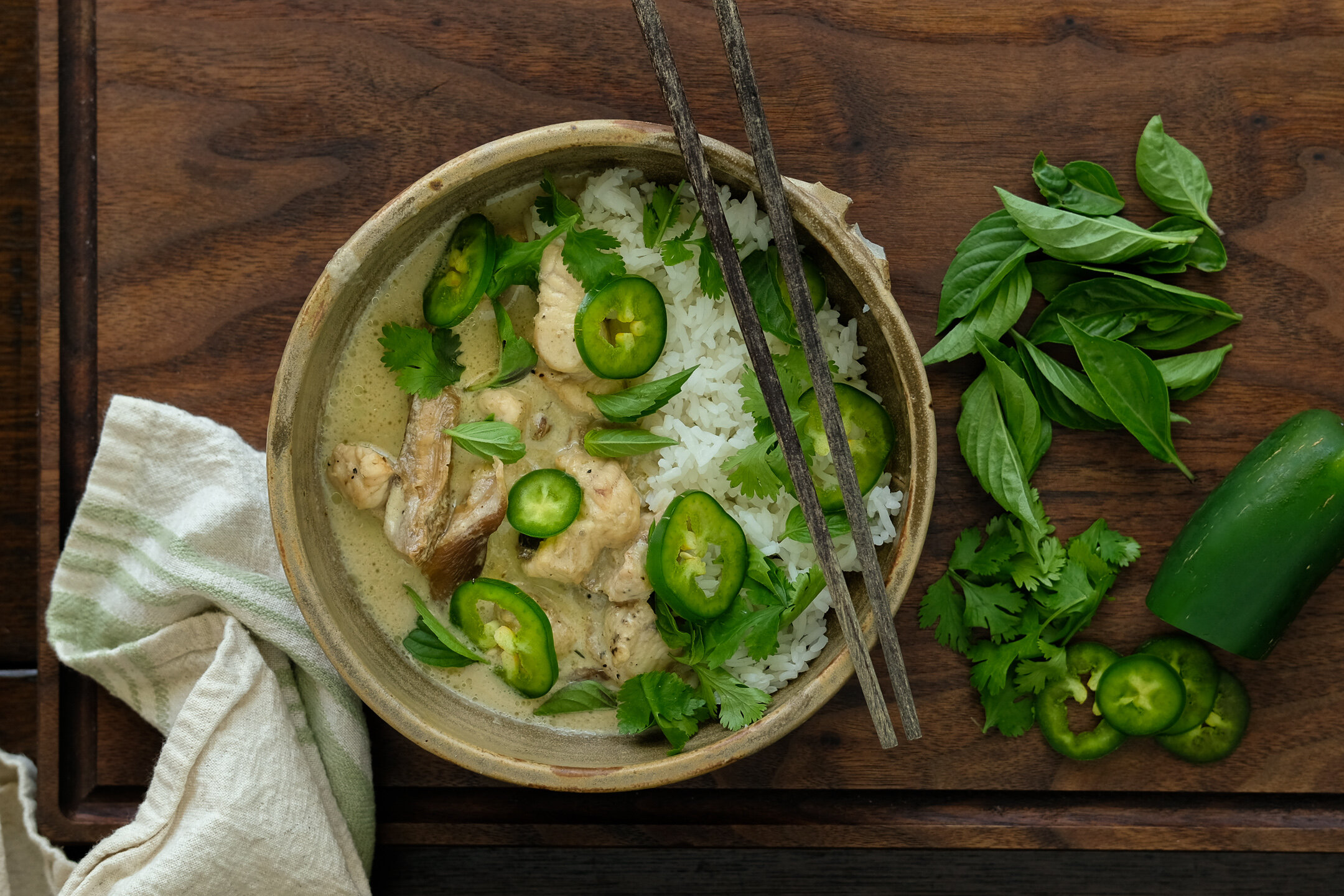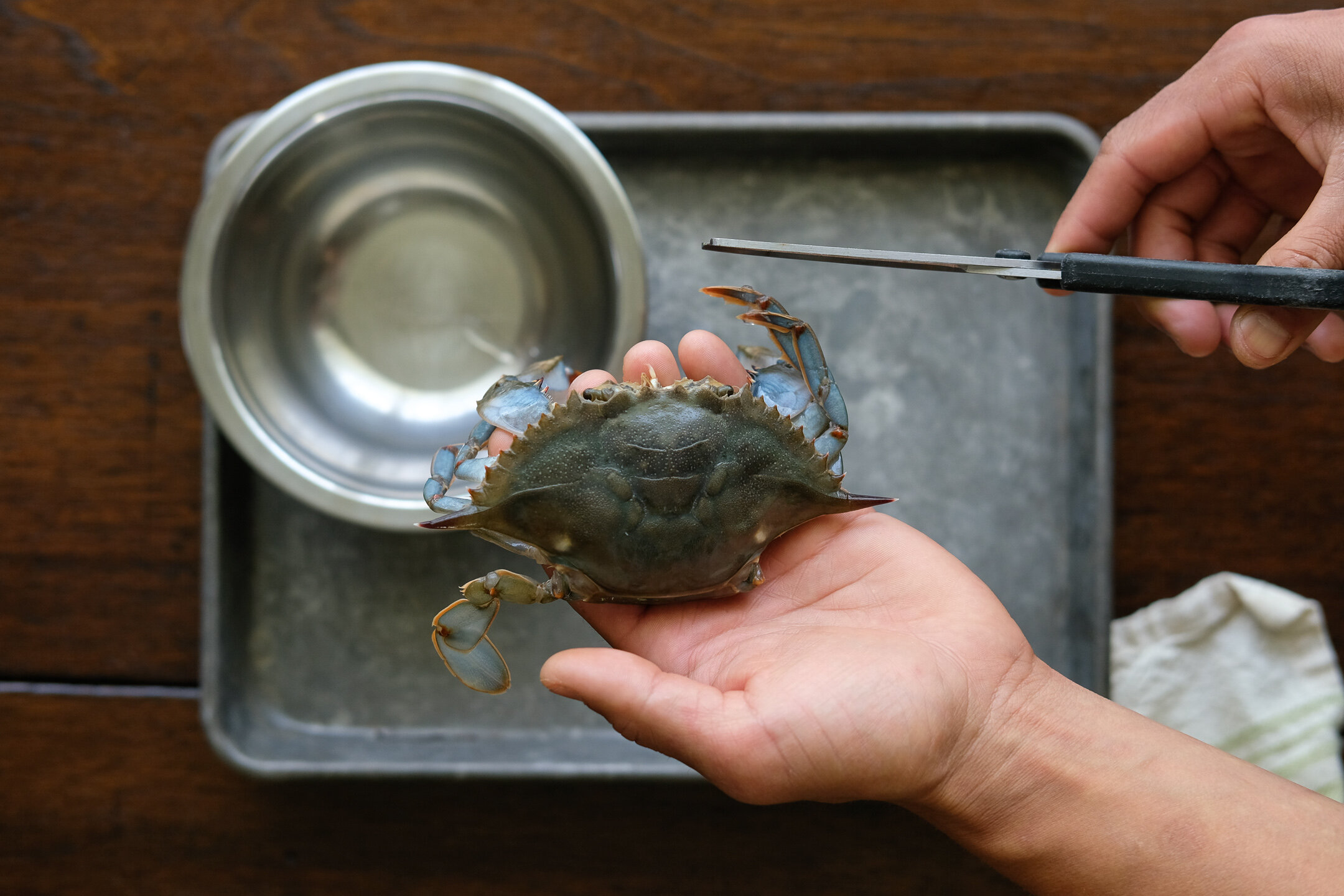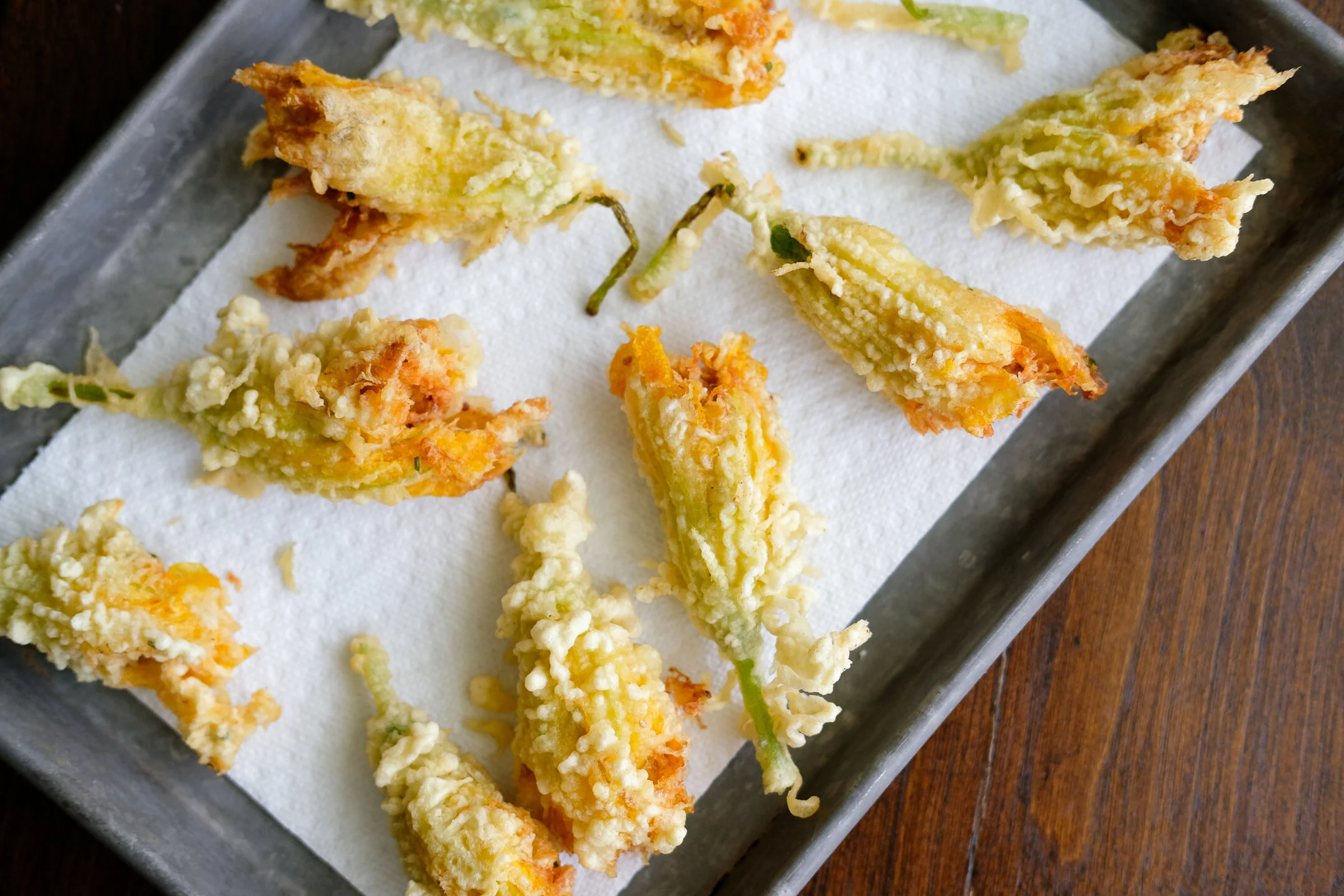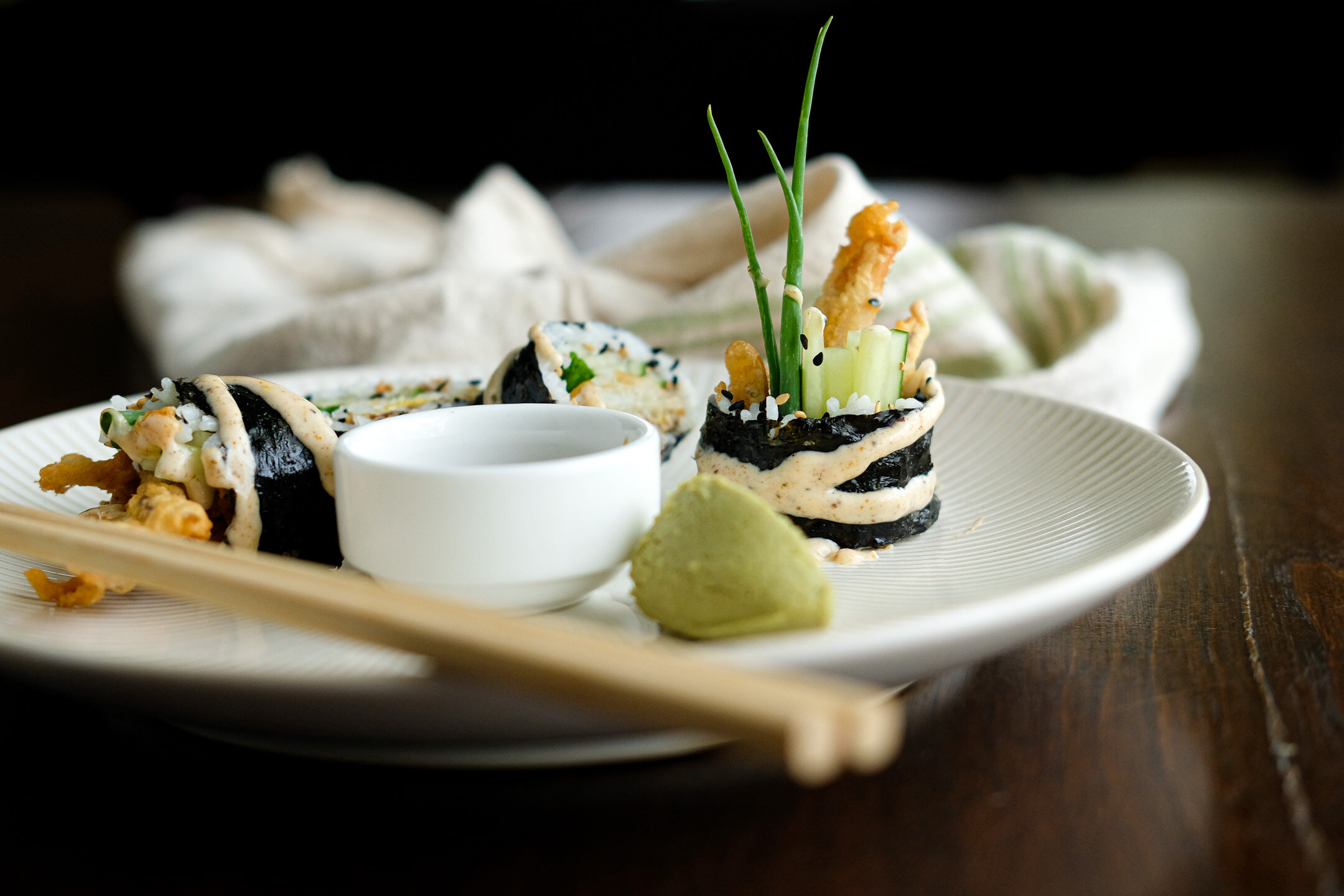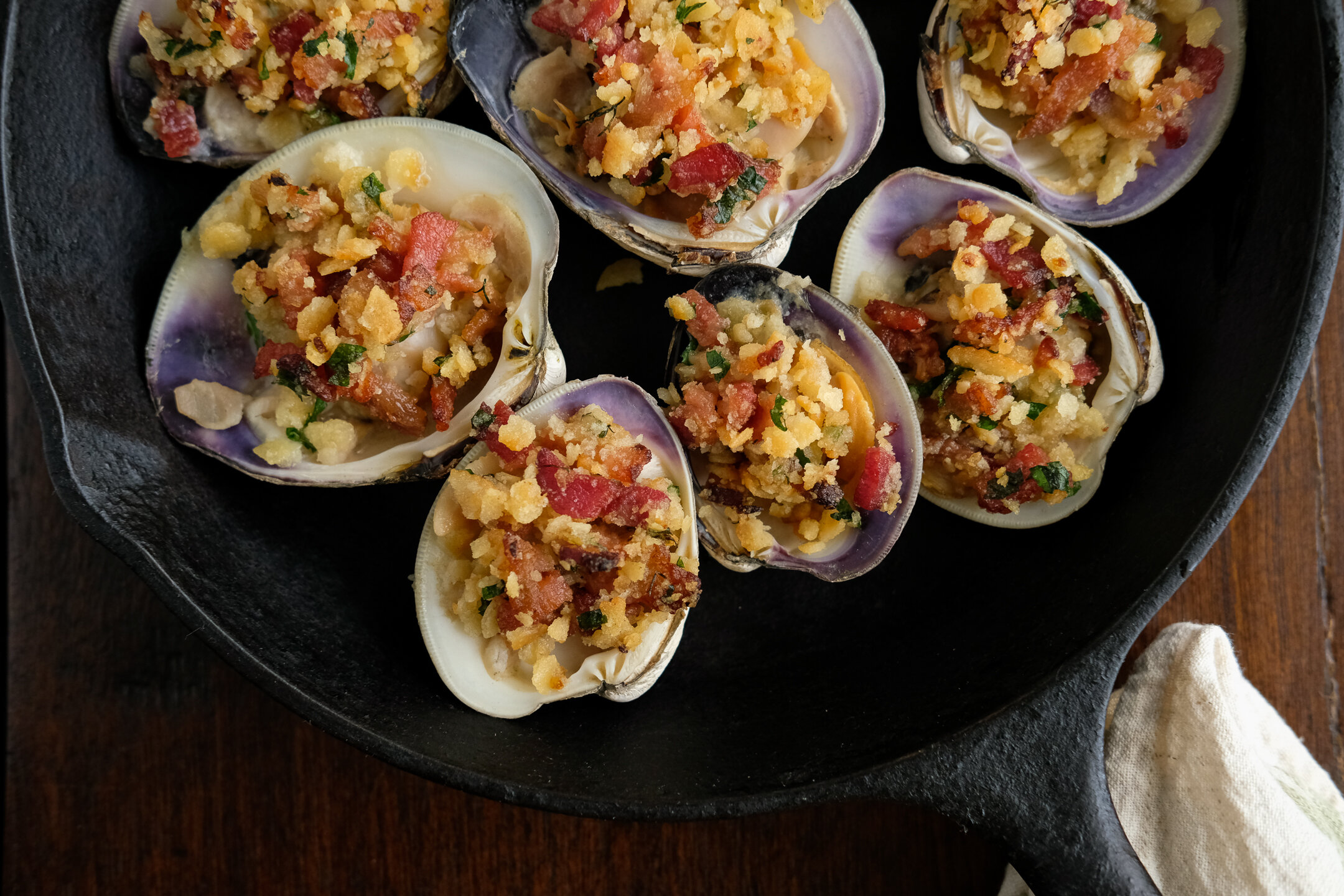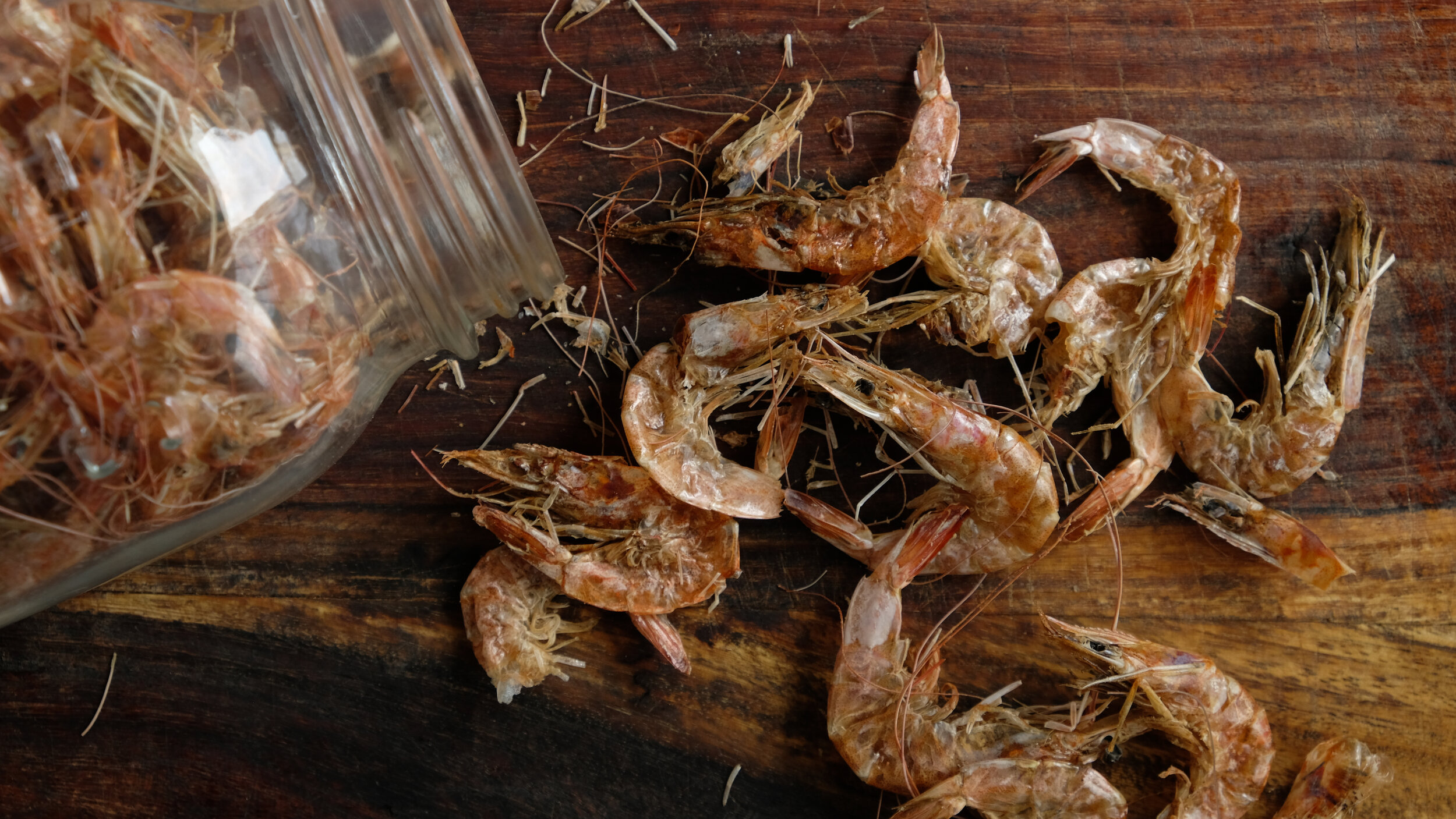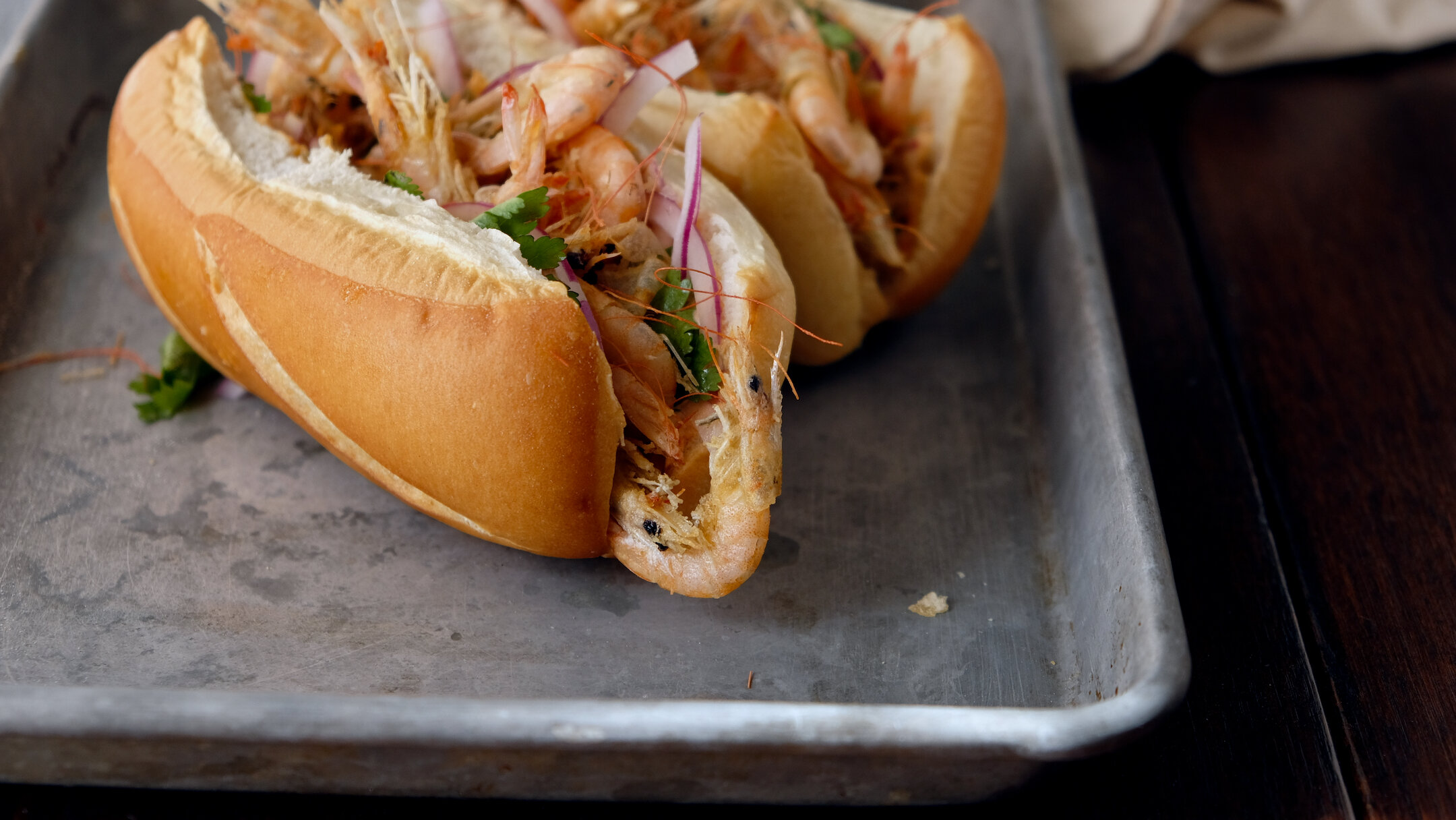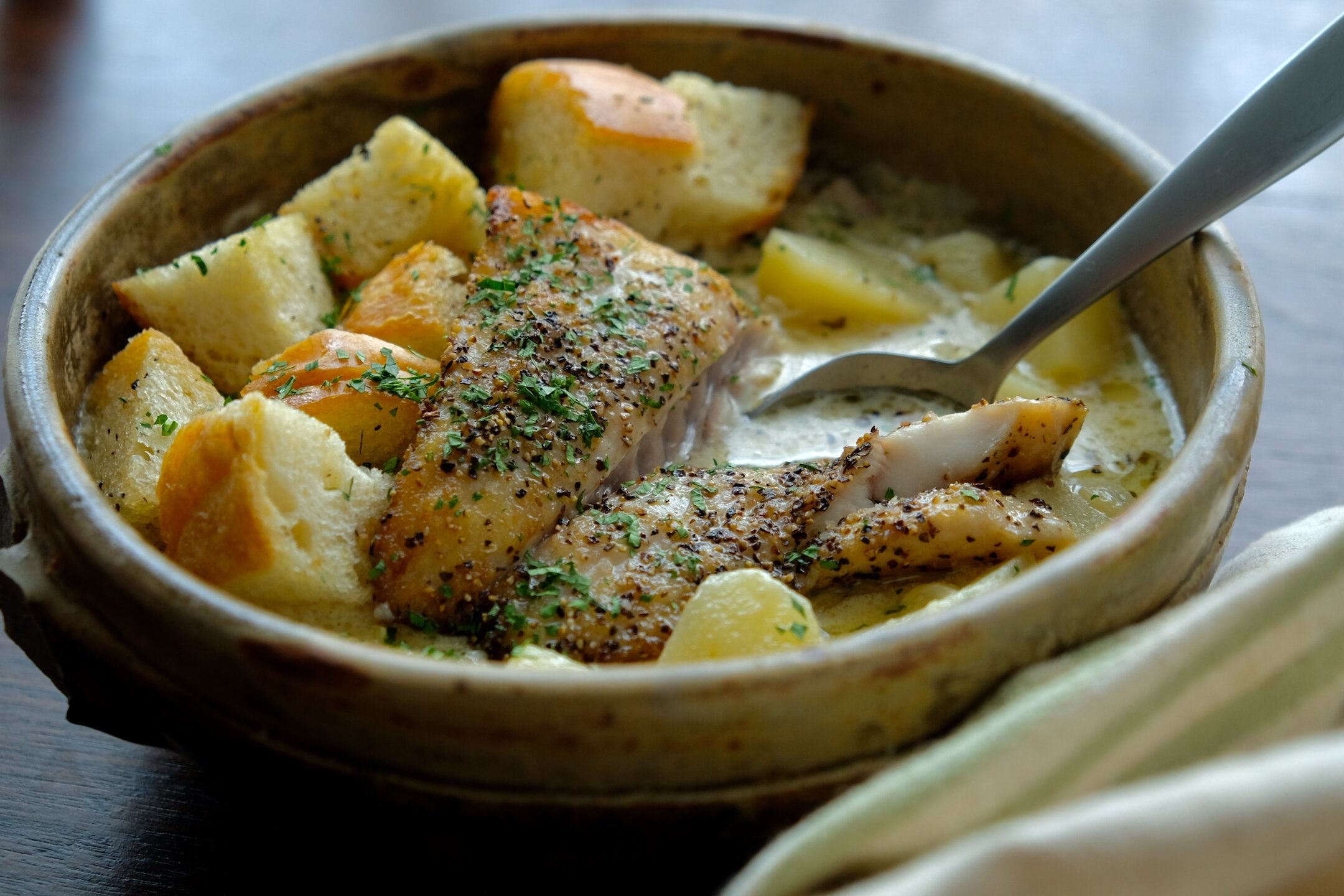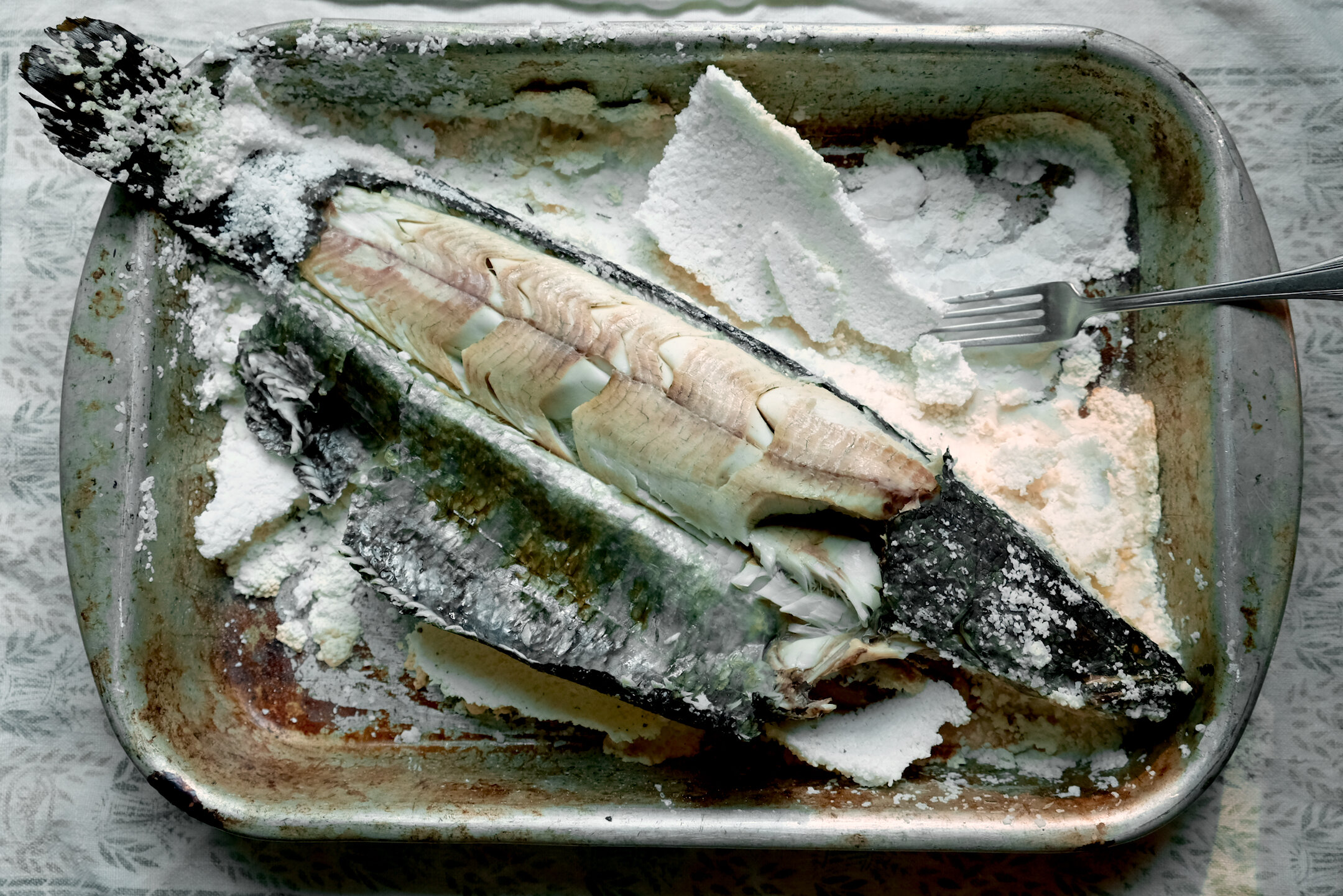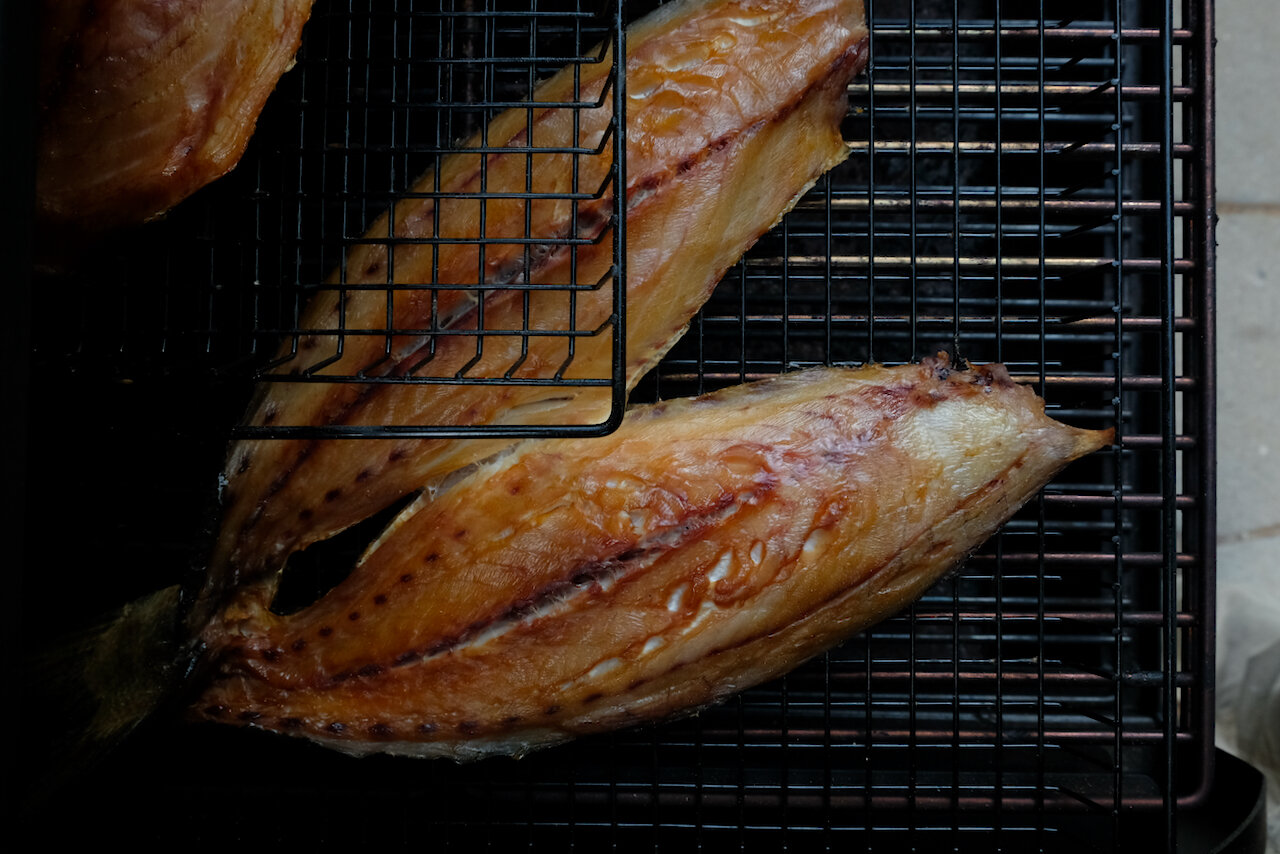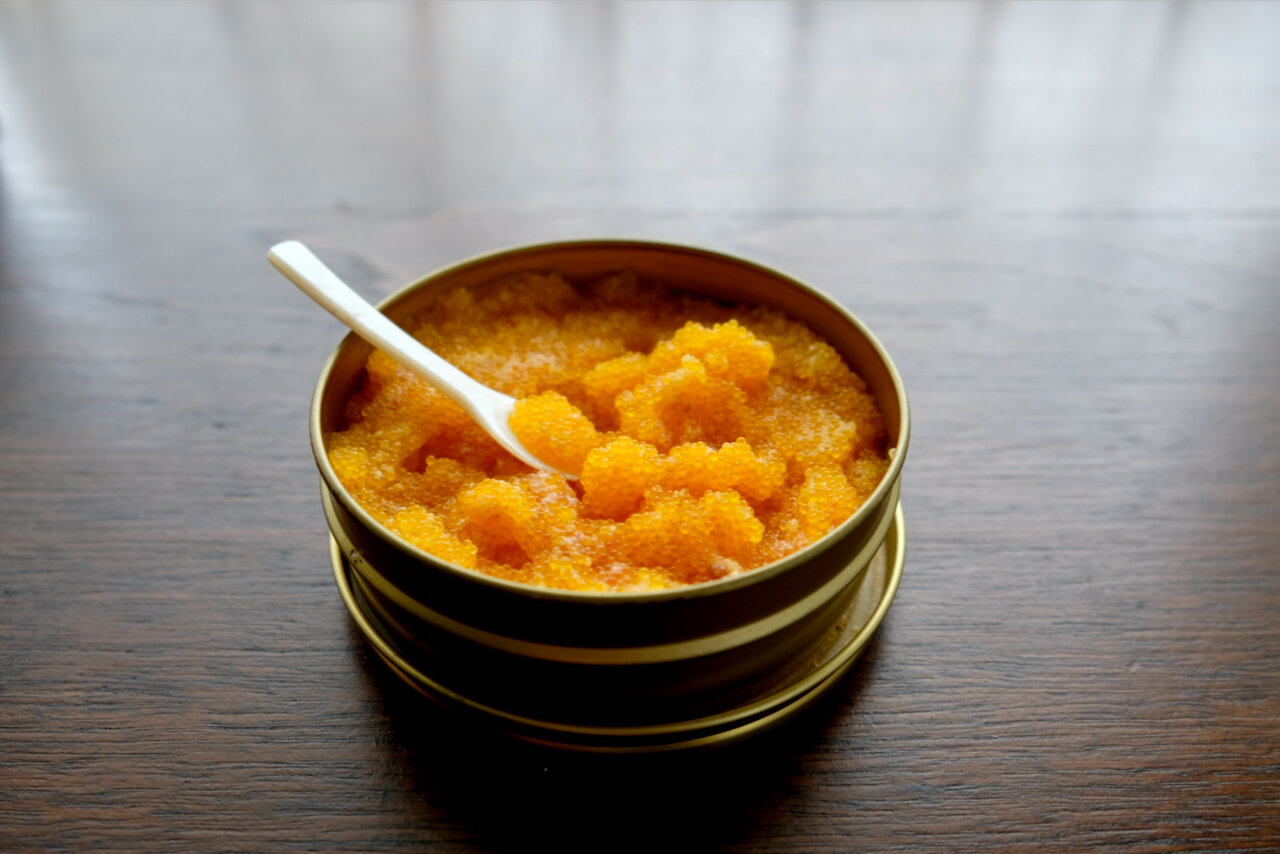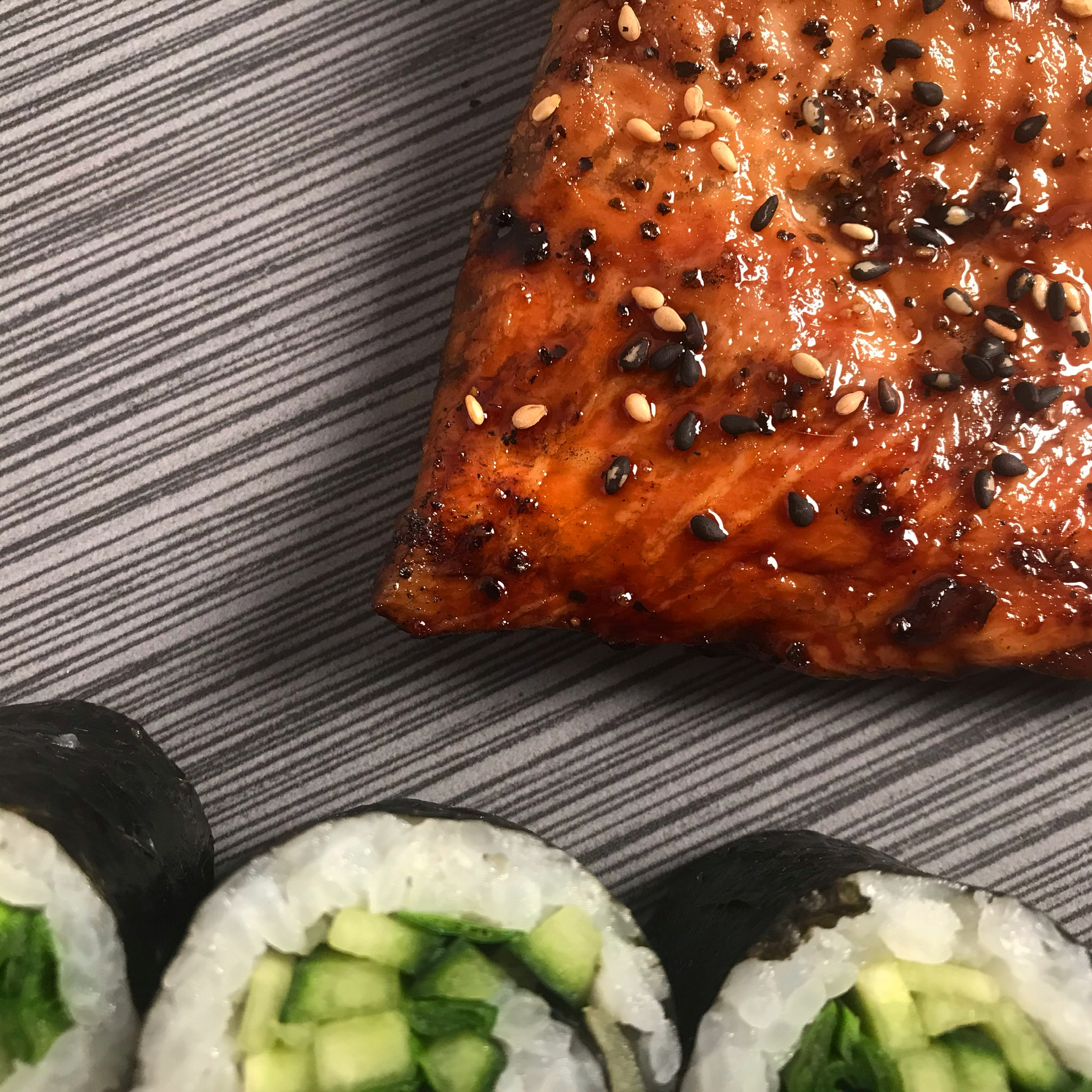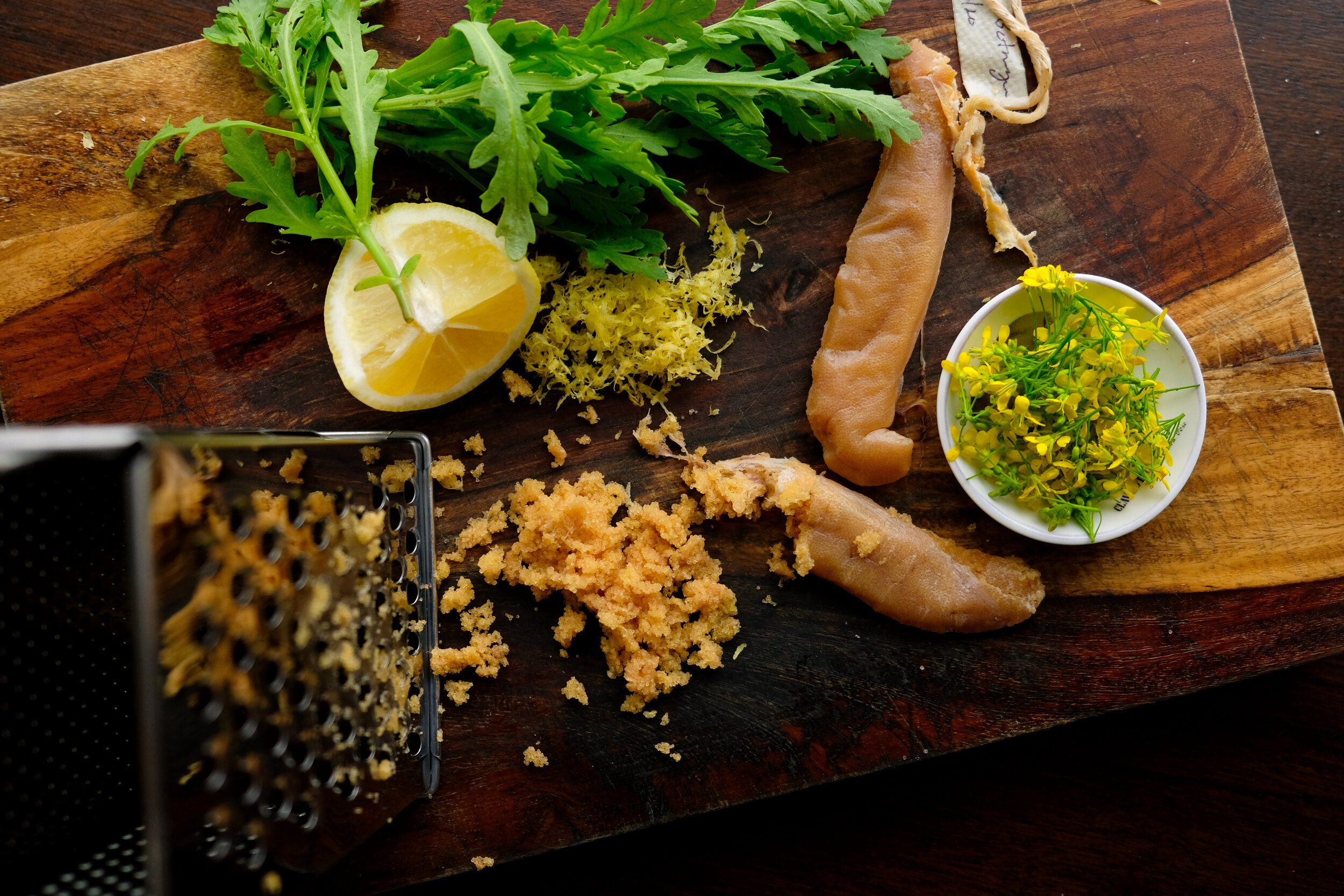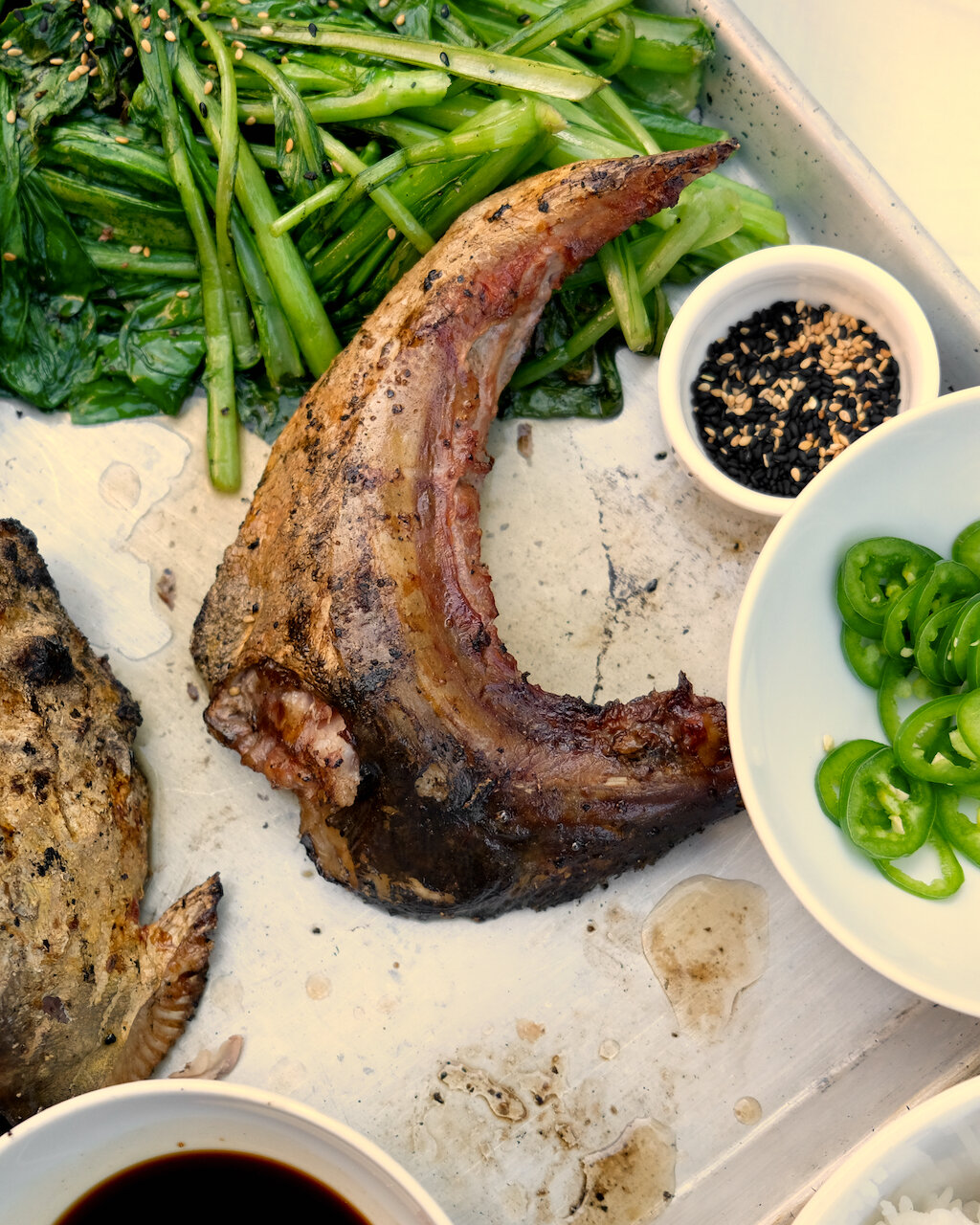Duck Fat Fried Shad Roe

Springtime has a way of announcing itself. Where winter begins with the quiet sigh of the last leaves dropping to the grey earth, it ends with a riot of color and sound. Birdsong erupts with the first budding out of leaves, and everywhere, life springs back into dizzying motion. We snap out of our end-of-season stupor and pretty quickly, we’ve gotten the turkey gear dusted off, the garden started, and picked the first wild greens of the year. But even with all that, it doesn’t officially feel like spring until the shad run kicks off.
The shad run is something of a regional holiday around here. Each spring, right around when the dogwood and serviceberry bloom, hickory and American shad fight their way up the Rappahannock to the fall line to spawn. And each spring, hundreds of anglers line the banks of the shallow river to take advantage of this bountiful resource. For many, the fish is valuable as bait- a member of the herring family, the flesh is oily and great for catfish and rockfish. For others, catch and release is the name of the game. Shad have earned themselves the moniker “poor man’s tarpon” for their fighting ability, and that unpredictable fight, combined with their sheer numbers and propensity to jump and tail walk, makes them an entertaining diversion for the fly guys.
But for us, as for many generations that came before us, the appeal of the shad lies mostly in their value on the table. The shad once ran in such massive numbers that it was said you could walk across the river on their backs. Hundreds of thousands of bright silver darts, scales iridescent in the sunlight, noses aimed at the rocky falls above the colonial port city of Fredericksburg. Locals, coming out of their winter fasts, would drag nets across the narrow river and pull in fish by the ton. It was a promise of survival, renewal. Shad were “planked” on wooden boards and roasted by a fire, or salted. The roe became a regional delicacy.
Across the river from the high ground of George Washington’s Ferry Farm, the old landing, City Dock, still plays host to the centuries-long annual gathering of anglers every spring. But most people aren’t fishing for food anymore. Overfishing and the construction of dams all up and down the Eastern seaboard decimated their numbers and erased their importance as a historic regional foodway. The fillets are too bony to be bothered with, and fried shad roe has long since faded in local memory. Nowadays they’re mostly chunked for bait, used to catch more desirable species.
I don’t know many people that still eat them. A few old-timers, maybe. But every year, at about this time, we line up, shoulder to shoulder with all the other anglers on the river, and take turns casting our lures for the bright glint of a memory, twisting and jumping on the end of a line.
We usually smoke a batch of hickory shad to be canned and eaten throughout the year, but the real treat is the roe. You can tell the sex of your shad by giving it a gentle squeeze- if you see white running from the anal opening, you have a male, or buck shad. A glimpse of red tells you that you’ve got a female, or roe shad.
We make it a point not to take more roe shad than we will eat fresh. These fish are still struggling to make a comeback as a result of habitat loss and unlimited commercial fishing. We will keep a few dozen bucks for the canner, and a half dozen or so roe shad for special-occasion springtime dinners.
Duck Fat Fried Shad Roe
Cook time: 10 minutes
Ingredients:
Shad roe sacks (be careful to not cut or rip them open when removing them from the fish)
Corn meal, for dredging
Duck fat
Method:
Heat a heavy bottomed pan to medium high heat.
Season the roe lightly with salt and pepper. Dredge through cornmeal.
Add a few tablespoons of duck fat to the pan, reducing the heat if needed to keep it from smoking. Add in shad roe immediately. Cook the roe until just brown (less than a minute) then flip over gently with a spatula and cook to the same color on the other side.
We like our shad roe just a little crispy on the outside, and gooey on the inside. Cooked much further, they start to taste dry and mealy. The inside will be somewhat runny, like a soft boiled egg.
Serve immediately with grits, toast, scrambled eggs or any southern style breakfast fixins. We ate the first shad roe of this season with some roasted spring onions and garlic mustard-pecan pesto.






